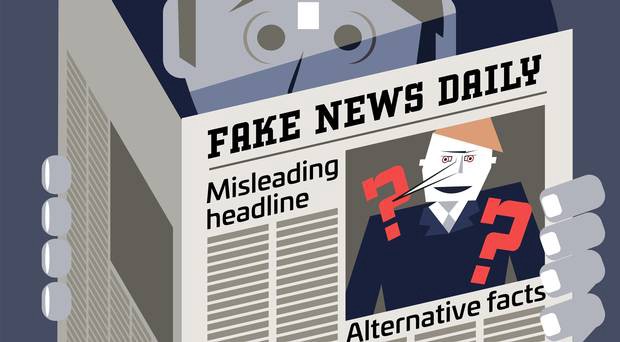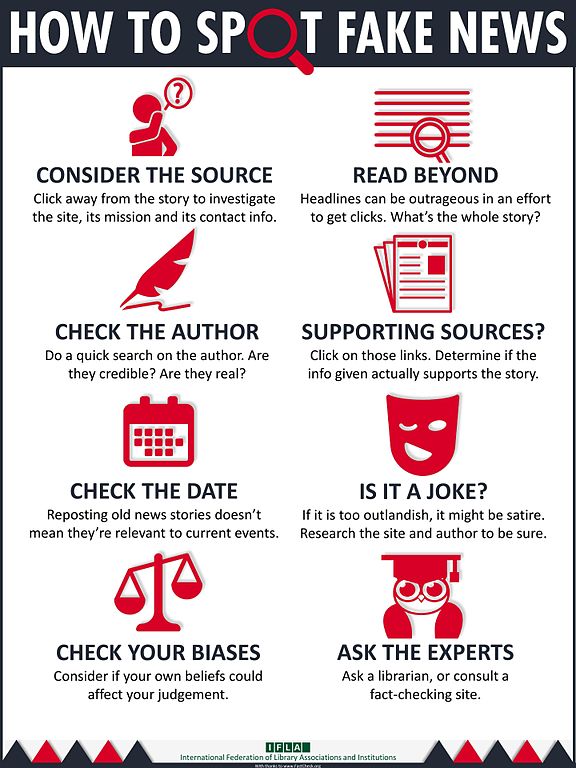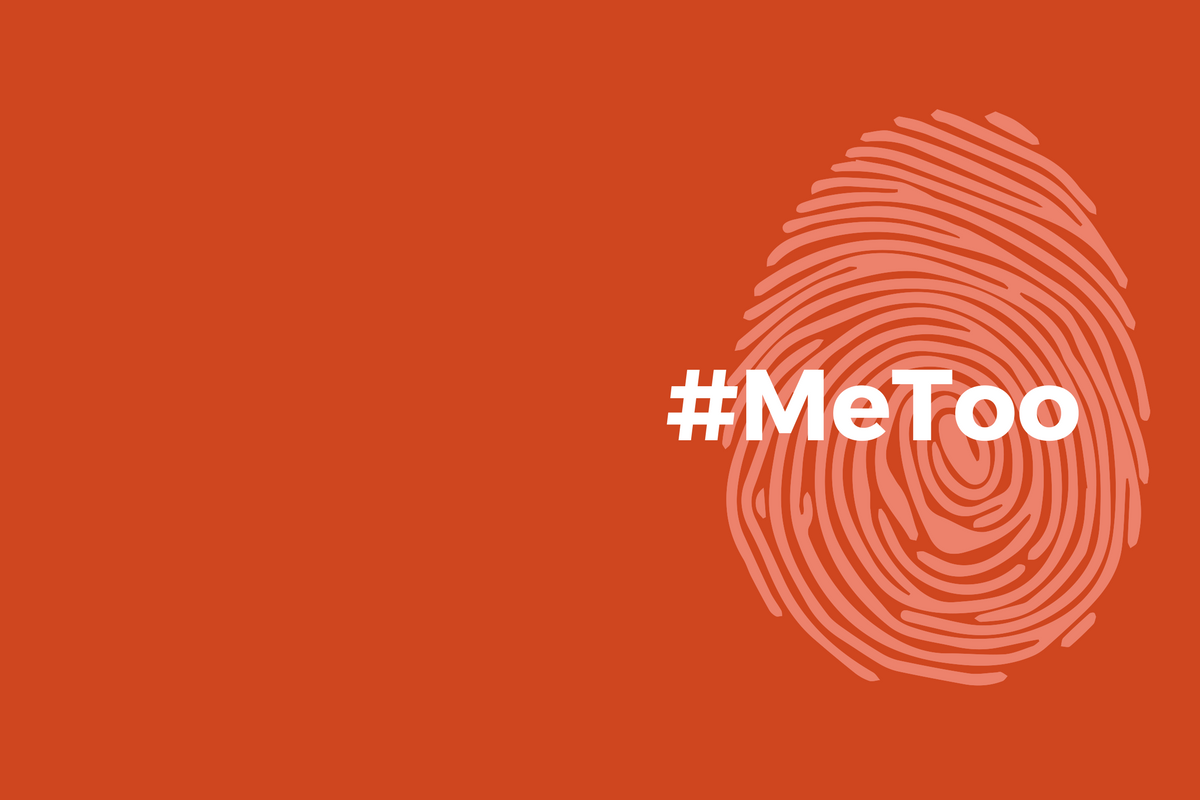Now Reading: Read to Know: India & Perils of Fake News, How to Spot it
-
01
Read to Know: India & Perils of Fake News, How to Spot it

Read to Know: India & Perils of Fake News, How to Spot it
The notion of ‘Fake news’ has a sweeping and pervasive ramification in India & across globe. It can adversely interfere with the communal affinity within the country provided such fake news is not kept under the regulation as our history speaks. The proliferation of technology, slash rated smart phones, and modest data charges have capacitated the democratizing of the content that is available online. Hence , the free streaming of speech has ripened into something vulnerable to the trading of information that is often unverified .Modernistic events in India are an indication of lurking and plausible ruination, misfortune and abuse feeding from the political misinformation to a flurry of lynching’s.
‘Fake news’ is a standard genre of yellow journalism consisting of scrupulous and pre-designed disinformation that are circulated by the route of conventional print, broadcasting news media or through the social media platforms with the purpose of misleading so as to destruct an agency, a body, person or for profiting monetarily or politically by the virtue of sensationalism, treachery, corruption, concocted headlines for widening and expanding the readership, sharing , and the Internet click revenue.
Are there longstanding laws for tackling the fake news in India?
There is no clear-cut law for dealing with fake news. Free advertisements, publishing and broadcasting of the news outflow from the right to freedom of speech and expression that has been dedicated as a fundamental right under Article 19 of the Constitution. Nonetheless, there is scarcely any legal recourse that is made available and accessible for those people who are deeply afflicted by such fake news. Complaints are registered with the News Broadcasters Association (NBA) which epitomizes the private TV news and current affairs broadcasters. The Indian Broadcast Foundation (IBF) delves into the various complaints that are against those contents which are aired by the channels. Additionally, there are statutory bodies such as the Press Council of India. While withdrawing the notification pertaining to fake news, the government opined that the issues branching from fake news must be dealt with in the Press Council of India’s ambit.
Viewed from the spectrum of Sections 153 and 295, actions can be instituted against the culprit who has created or has been responsible for circulating such fake news if it can be entitled as a hate speech by lodging an FIR .A defamation suit can also be filed against a person by such a person who finds such statement as defamatory under Section 499 of IPC. [1].
Examples:
Terms such as “fake news”, or “alternative facts” shall be eternally associated with the Presidential Election(2016).Bamboozling stories like Hillary Clinton trading weapons to the ISIS while Pope Francis having endorsed Trump for the post of President were immensely liked and commented upon by millions on social media platform , while many were in a fix for not being able to detect the legitimacy of such headlines.
Currently, as the Supreme Court‘s decision upon the Rohingya refugees was declared, fictitious videos and pictures of the attacks against the Hindus by supposed “Islamic terrorists” instigated baseless and spurious barbarism on the platform of social media.
However, such fake sensational news drama is not only confined to the political arena but also has its wings spread all over .Such hoaxes also comprise of stories of crime, with one such peculiar tale encircling a lady’ ’s intense reaction on winning a lottery being engaged with on social media almost 1.77 million times. The oscillation with which the aforesaid false headlines impregnate the social media as well as the internet is disturbing, because more than half of the population claim to see such fake news on social media platforms like Face book or Twitter on a habitual foot.
Fake news spread like wild fire over WhatsApp, regarding the two thousand rupees note being equipped with some spying technology that would track bills which were one twenty meters below the surface of earth. Later, the Finance Minister had to refute the falsities, which was not as early as the dissemination of the news to the dominant news outlets.
An extensively circulated email as well as a WhatsApp message became breaking news when it declared that the UNESCO had given recognition to Jana Gana Mana as the best anthem in the whole world. But the unfortunate fact was UNESCO never did such thing.
The instances are endless and the problem is not just confined to India .WhatsApp has been immensely and brutally misused in other countries such as Brazil, Myanmar and Mexico as well.
Notwithstanding, the debate about whose duty it is in reality for combating such fake news rumbles on. After boundless pressure from government and the media, Face book did take steps for limiting the amount of deceiving articles on its site by flagging an article if it is factually imprecise and unreliable.
Fake news destabilizing the Indian society:
Indian society has been known for its all-inclusive nature, that is immensely compassionate, and tolerant all throughout the history but reflecting at the ongoing trend, all that is perceivable is the total opposite of all these root values which had made India so extraordinary. The fake news trend has proved to be fatal to the social fiber of the country, where every community is at loggerheads with other communities.
Government’s inactivity in handling the circumstances:
So far, the government has deliberately failed in eradicating the plague of fake news .The authorities have been instantaneous in blaming WhatsApp or other online platforms of social media, while yet not acting responsible for addressing the worriment from their part .
The Apex Court has asked the Parliament for formulating a distinct law for dealing with the issues of lynching, since it has become so rampant because of the spreading of fake news resulting in the destabilization of the basic bedrock of the society and instilling despair among the public.
WhatsApp’s fights against ‘Fake News’
To deal with the burning issue of sensational and fake news upon its platform, an advertisement was published by Whatsapp across various newspaper to guide its readers to check the authenticity of a news in the form of easy tips , which in turn acts as guide for zillions of users for tackling the perils of fake news. [3]
Suggestions and recommendations on how to deal with fake news:
A paramount issue lies in giving a proper definition to the concept of fake news. However, some recommendations and suggestions are listed below to deal with the menace:
- Ensuring media literacy becomes essential as digital literacy encourages individuals in learning the skills that are needed for navigating the web while posing questions to the contents that are posted.
- Nurturing a customary culture of skepticism among the citizens and netizens towards the concept of information.
- Verification of the origin of such news and affirmation with the parallel news, should be encouraged in the schools and through various education campaigns. One of the heartening examples being the Satyameva Jayate programme in schools.
- In cases where there exists a danger to life / national security, legal interference must be explored.
- Common sense, being the best defense.Citizens must gather news and information only from authenticated sources. After all, it is the citizens who are responsible for taking care, loving and building up the society while doing away with the plague of fake news.[4]
Hence, implementing the above mentioned prongs shall not only act as supportable and viable reply to such fake news, but shall also help in striking a much needed resonance with free speech considerations.[5]
Steps taken by regulatory bodies and Government
The government of West Bengal has been working upon a new law for tackling the plague of fake news and similar posts on the platform of social media, an initiative that emerges against the scenery of such posts going viral and causing predicament and unrest in the country.[6] The telecom ministry has given its approval upon the rules pertaining to net neutrality that would no more treat internet as a luxury but rather a public utility, implying that Indians shall no longer have internet access from the zero-rated plans, which limit the accessing to only a few websites.[7]
Google has been focusing upon improving and stabilizing this entire situation. Not long ago, had the company declared the ‘Google News Initiative‘for improving the passage to reliable and quality based news that is available online.
Finally , for contending the repercussions of such fake news, the successful measures ought to target three major areas comprising of producers, and distributors of information as well as information consumption.[8]
How can one spot a fake digital content?

Credits: IFLA
If one has a doubt regarding a published article, one must use Google for checking its authenticity on the verified websites.
If one has an iota of doubt with regard to an image that has been published, one can simply verify the image context by a click on the “Search Google for image”. A mere click upon the image shall let one know about its authentic date of publishing, its contexts and etc.
Various online websites have extended their help in assisting people for detecting the contaminated digital content and for protecting journalism. Several fake news buster websites are available, some of them are —SM HOAX SLAYER (English),ALT NEWS (English),MEDIAVIGIL (Hindi).
Hence, the next time when one comes across a WhatsApp forwarded message or any such message on online platform which instigates a fuss and is highly objectionable, one must cross-examine it.[9]
Conclusion:
In a nutshell, for eradicating the plague of fake news, the media houses in India ought to participate in these initiatives, while taking the responsibility to be judicious, logical and follow the path of transparency in providing the news online.
But the lion’s share lies upon the citizen. Before we share anything on the social media platforms we must ask ourselves – is it worth it? If such question raises a doubt, we must abstain from sharing such news. This might be perceived as a very simple habit in the process of being a sensible and responsible citizen, but in the long run this habit will undoubtedly sum up to be immensely valuable for safeguarding our democracy.[10]
[1] https://www.indiatoday.in/india/story/how-to-tackle-fake-news-legally-without-a-law-in-india-1203515-2018-04-03
[2] https://www.statista.com/topics/3251/fake-news/
[3] https://www.mapsofindia.com/my-india/politics/fake-news-destabilising-the-indian-society
[4] https://www.insightsonindia.com/wp-content/uploads/2017/01/The-Real-Effect-of-Fake-News.pdf
[5] https://www.livemint.com/Opinion/ECLC6qtR9ij8nDz33xaCEN/Regulating-fake-news-in-India-is-tough.html
[6] https://economictimes.indiatimes.com/news/politics-and-nation/west-bengal-plans-new-law-to-tackle-fake-news-on-social-media/articleshow/64598026.cms
[7] https://qz.com/india/1335161/indias-fake-news-crisis-to-worsen-ahead-of-election-oxford-study/
[8] https://law.stanford.edu/stanford-lawyer/articles/studying-the-real-ramifications-of-fake-news/
[9] https://www.youthkiawaaz.com/2018/06/fake-news-and-india/
[10] https://www.youthkiawaaz.com/2018/03/unesco-declares-india-best-country-to-spread-fake-news/







